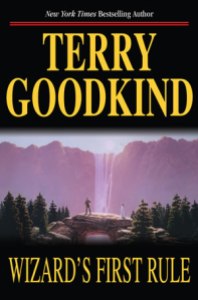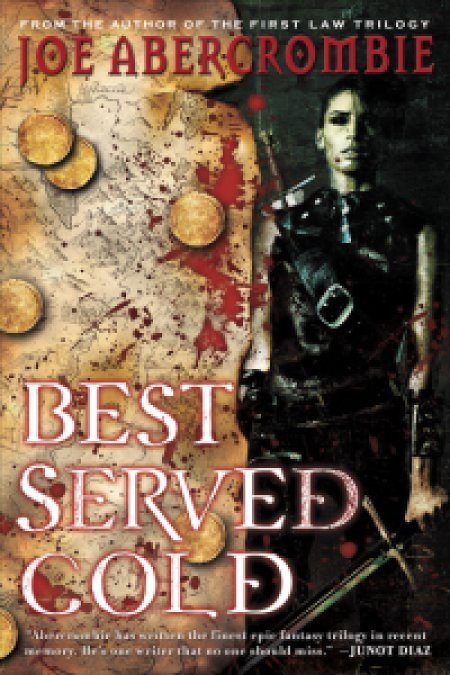
Image courtesy toomuchhorrorfiction.blogspot.com
What is the most frightening book Stephen King has ever written?
According to the man himself, it’s Pet Sematary. I picked it up for exactly this reason, having never seen the movie and having only the foggiest idea of the plot. I wouldn’t say it’s King’s scariest work, not compared to the short story Children of the Corn, for instance. But that doesn’t mean it isn’t a good read, and that definitely doesn’t mean that it’s not scary.
Pet Sematary starts innocently enough with a family named the Creeds moving into a new house in Ludlow, Maine. They’re a typical suburban family, with a father (Louis), mother (Rachel), daughter (Ellie), son (Gage), and cat (Winston Churchill, better known as Church). The Creeds’ house is located right beside a busy highway, but they don’t think much of it. Louis quickly becomes friends with old gentleman neighbor Jud Crandal, who’s lived in Ludlow for all his life. Just when everything seems to be going well, Church is run over by a truck on the highway. Jud offers to help Louis bury the cat in the Pet Sematary behind the Creeds’ house, and then the impossible happens––Church returns, alive and well…or so it seems.
Pet Sematary is undoubtedly frightening. It starts out slowly, builds well, and ends in a disturbing, terrible, shocking coda. King creates a story that is not only horrifying, but deeply tragic. When Gage dies, I found myself close to tears. You want things to be alright in the end. You want Gage to come back and be fine. But that never happens, and it makes the book all the more heartbreaking.
The pacing is admittedly slow toward the beginning. I know I had a hard time getting into it at first, but patience pays off with this book. The deliberate pace helps to make the rest of the story even more shocking, and the mundanity of the first half provides a strong counterpoint to the supernatural elements of the second half. It’s sad to see such an ordinary, likable family destroyed so utterly. But of course, it wouldn’t be much of a book without that.
The best (and scariest) part of Pet Sematary is what is left unexplained. I’m talking about the Wendigo, and the nature of the Sematary itself. Louis sees some giant creature roaming the woods, but we don’t know if this is the thing that rules the burial ground, or if it’s the thing that comes back instead of Gage, or something else entirely. It’s this ambiguity that truly makes the book spooky. King doesn’t give us too much. He gives us just enough.
…
Pet Sematary is a creepy, atmospheric tale about the consequences of death. While it does drag at times, the slow pacing is mostly an asset rather than a detriment.
Rating: 9/10
P.S.: I just watched the movie…the book is better.




 A fantasy-western hybrid. Sounds fun, right? That’s what Joe Abercrombie’s Red Country. Set in the disputed, gold-ridled landscape of the Far Country, Red Country tells the story of Shy South and her step-father Lamb. When their farm is burned down and Shy’s brother and sister are taken, the unlikely pair go on a quest to get them back. But Lamb isn’t who he seems, and the quest becomes more than they bargained for.
A fantasy-western hybrid. Sounds fun, right? That’s what Joe Abercrombie’s Red Country. Set in the disputed, gold-ridled landscape of the Far Country, Red Country tells the story of Shy South and her step-father Lamb. When their farm is burned down and Shy’s brother and sister are taken, the unlikely pair go on a quest to get them back. But Lamb isn’t who he seems, and the quest becomes more than they bargained for. If you haven’t noticed from my book choices, I’m a big fan of fantasy literature. Ever since reading The Hobbit, I’ve been hooked. So after browsing the fantasy/sci-fi section of the bookstore the other day, I decided on David Eddings’ Pawn of Prophecy. I’d heard good things about it before, so my expectations were pretty high.
If you haven’t noticed from my book choices, I’m a big fan of fantasy literature. Ever since reading The Hobbit, I’ve been hooked. So after browsing the fantasy/sci-fi section of the bookstore the other day, I decided on David Eddings’ Pawn of Prophecy. I’d heard good things about it before, so my expectations were pretty high. ‘Why so soon?’ you may be asking. I might ask myself the same question. Truth is, I’ve been reading my brains out because my summer job hasn’t started yet, and I haven’t had much else to do besides read and write this dandy blog here. Oh well…you can never read too many books!
‘Why so soon?’ you may be asking. I might ask myself the same question. Truth is, I’ve been reading my brains out because my summer job hasn’t started yet, and I haven’t had much else to do besides read and write this dandy blog here. Oh well…you can never read too many books! Just finished Joe Abercrombie’s Best Served Cold, and it’s easily my favorite entry from an excellent fantasy writer.
Just finished Joe Abercrombie’s Best Served Cold, and it’s easily my favorite entry from an excellent fantasy writer.
